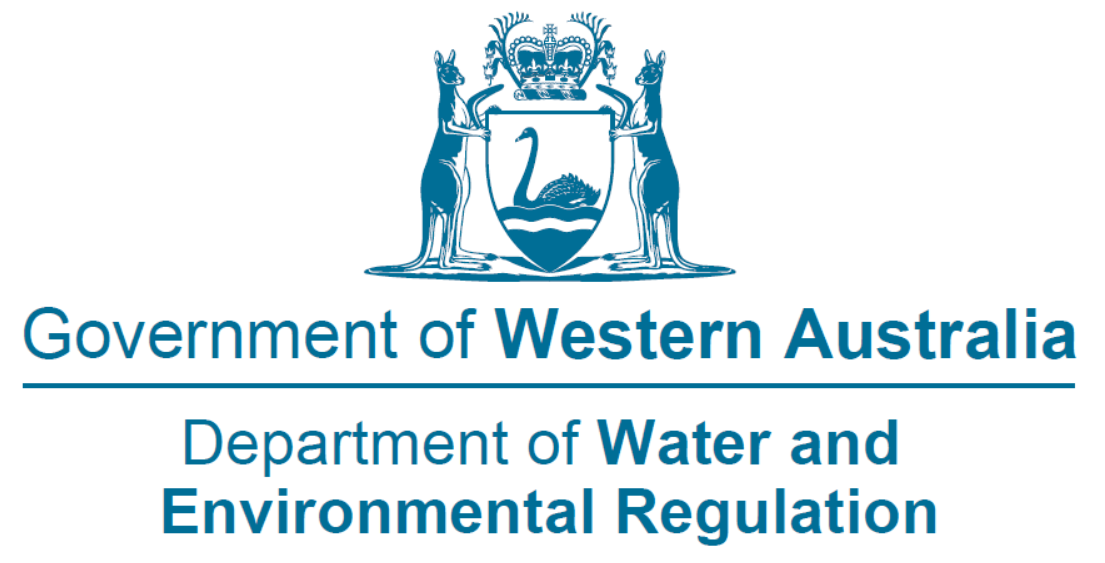This project aimed to measure the abundance of the population, confirm if it is a core area for WRP, identify satellite populations, determine movement patterns and habitat use within, as well as between reserves and adjacent areas (e.g. urban land use).
As a result:
A Rare Possum Stronghold has been Dicovered
While many Albany residents see Western Ringtail Possums (WRP) regularly in their gardens and sadly on the sides of our road, there was very little known about this population. In 2016 when Oyster Harbour Catchment group started doing possum surveys on the Albany mounts and surrounding areas. This program has not only raised a lot of local awareness but has resulted in a comprehensive report investigating abundance, habitat and distribution. These results have been shared to the South Coast Region Western Ringtail Possum Working Group and Recovery Team, our project partners (DBAC, UWA and CoA) and you through our RESOURCES section.
This information and awareness is particularly important for the WRP as this nocturnal marsupial was once widespread from Perth to Albany they are unfortunately now listed as critically endangered under State legislation (Wildlife Conservation Act 1950). It has been estimated that the remaining population size in the wild is less than 8,000 mature individuals, with a decreasing trend1. The Recent research predicts there is a 92% likelihood that they will be extinct within 20 years (2) if action to protect populations and their habitat isn’t enacted immediately.
Luckily for the species Albany has become a stronghold with a healthy, breeding population discovered both on the backyard cameras and during the spotlighting walks with an average of 5 each night. One night a whopping 15 possums were found in a single winter night. Although some females with young were seen on the mounts, they were more often observed on the backyard cameras indicating they are more commonly breeding in backyards.. This is particularly encouraging for the local citizen science program on inaturalist app (www.inaturalist.org/places/australia) which is still active and shows that the population is adapting to urban areas.
This project has kick started research into this population but there is still much to do. If you think you have a possum in your backyard or see them on a walk, please take a photo and upload it to the inaturalist app (www.inaturalist.org) It will even identify the species if you’re not sure. Even dead possums need reporting to the Department of Biodiversity, Conservations and Attractions and remember to check the pouches checked for young.
Acknowledgements
This project has been supported by funding from the Western Australian Government's State Natural Resource Management Program. There were many other people that helped, from our partners: City of Albany, Department of Biodiversity, Conservation and Attractions, and the University of Western Australia. The South Coast Ringtail Possum Working Group oversaw the project and provided valuable advice and guidance. Stewart Ford and Roy Teal from Biota for support with distance analysis. The many dedicated volunteers and community groups including the Aboriginal Green Army team that were part of our on-ground actions and communications.
Luckily for the species Albany has become a stronghold with a healthy, breeding population discovered both on the backyard cameras and during the spotlighting walks with an average of 5 each night. One night a whopping 15 possums were found in a single winter night. Although some females with young were seen on the mounts, they were more often observed on the backyard cameras indicating they are more commonly breeding in backyards.. This is particularly encouraging for the local citizen science program on inaturalist app (www.inaturalist.org/places/australia) which is still active and shows that the population is adapting to urban areas.
This project has kick started research into this population but there is still much to do. If you think you have a possum in your backyard or see them on a walk, please take a photo and upload it to the inaturalist app (www.inaturalist.org) It will even identify the species if you’re not sure. Even dead possums need reporting to the Department of Biodiversity, Conservations and Attractions and remember to check the pouches checked for young.
- Woinarski J.C.Z; Burbidge A.A. and Harrison P.L. (2014). The 2012 action plan for Australian mammals. CSIRO publishing.
- Yokochi, K. (2015). A major road and artificial waterway are barriers to the rapidly declining Western Ringtail Possum. School of Animal Biology, University of Western Australia.
Acknowledgements
This project has been supported by funding from the Western Australian Government's State Natural Resource Management Program. There were many other people that helped, from our partners: City of Albany, Department of Biodiversity, Conservation and Attractions, and the University of Western Australia. The South Coast Ringtail Possum Working Group oversaw the project and provided valuable advice and guidance. Stewart Ford and Roy Teal from Biota for support with distance analysis. The many dedicated volunteers and community groups including the Aboriginal Green Army team that were part of our on-ground actions and communications.
To continue to help
As a citizen scientist you can:
As a citizen scientist you can:
- Identify possums on the backyard camera footage through Zooniverse Project entitled Western Ringtail Possums in Albany: Core Habitat, Abundance, and Distribution has been developed, and is available on-line at: https://www.zooniverse.org/projects/dussumieri/western-ringtail-possums-core-habitat-abundance-and-distribution
- Record your own possum sightings on INaturalist
We acknowledge the Minang and Koreng people as the traditional custodians of the land on which we work and live. We pay our respects to the Elders, past, present, and emerging and to the wider Noongar community.
Sponsors and Supporters











